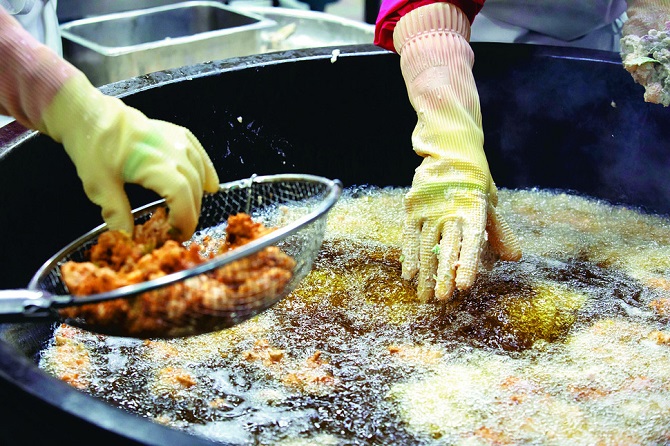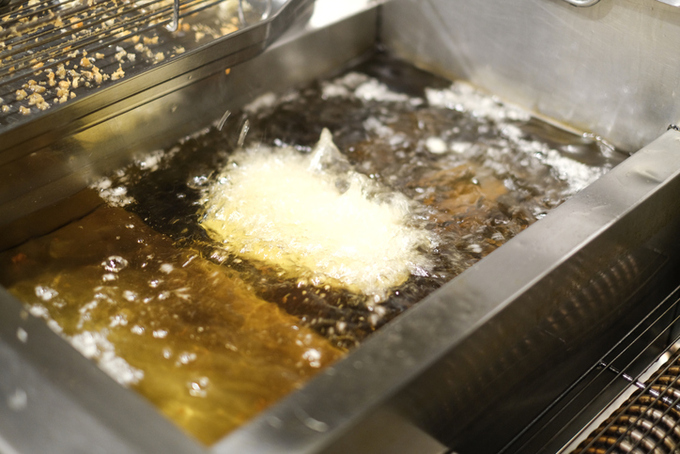SEOUL, Sept. 2 (Korea Bizwire) — Cooking with oil at school meal service facilities generates more carbon monoxide than cooking with water, a study showed Thursday.
A research team from the Korea Occupational Safety and Health Agency conducted a field investigation of 25 school meal service facilities and found that carbon monoxide emissions were significantly different from school to school.
In one of the 25 school meal service facilities (middle school), the highest detection amount of carbon monoxide was 295 parts per million (ppm), exceeding the exposure limit of 200 ppm set by the U.S. National Institute for Occupational Safety and Health.
The study also found that schools using more cooking oil for meals generate more carbon monoxide than others. Cooking with oil also led to more detection of carbon dioxide.
Fortunately, the quantity of carcinogenic substances such as polycyclic aromatic hydrocarbons and formaldehyde that were detected in the smoke generated during cooking was similar or slightly higher than that detected outside school meal service facilities.
Image Credit: Korean Confederation of Trade Unions / Korea Food Communication Forum / photonews@koreabizwire.com







